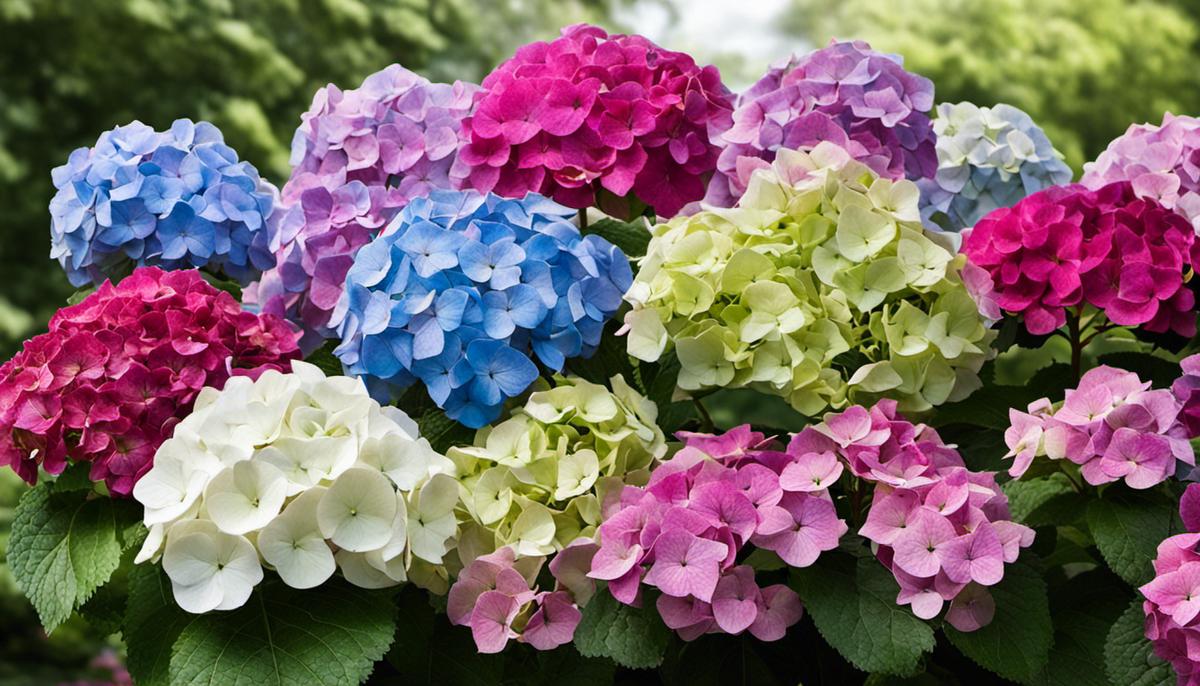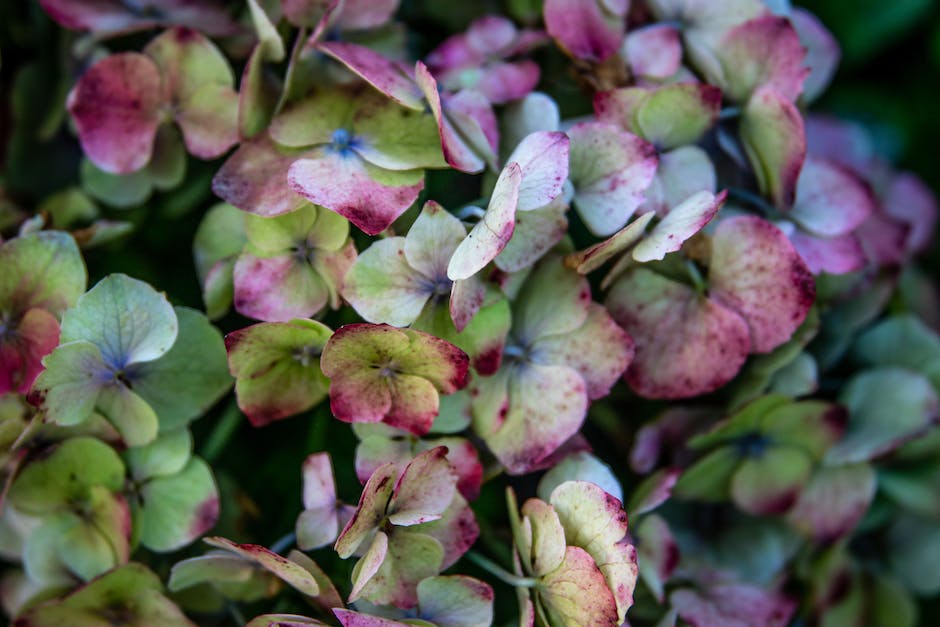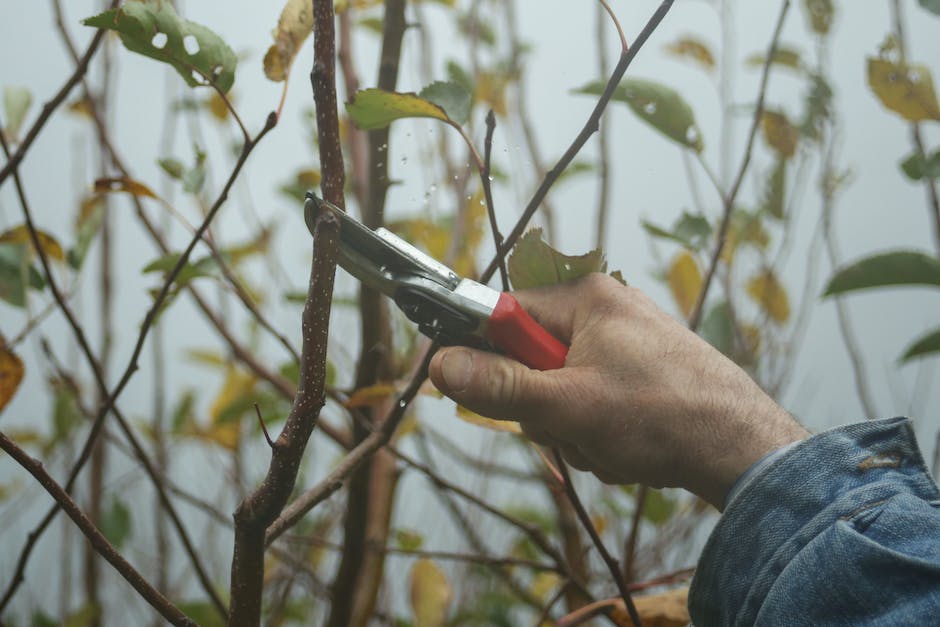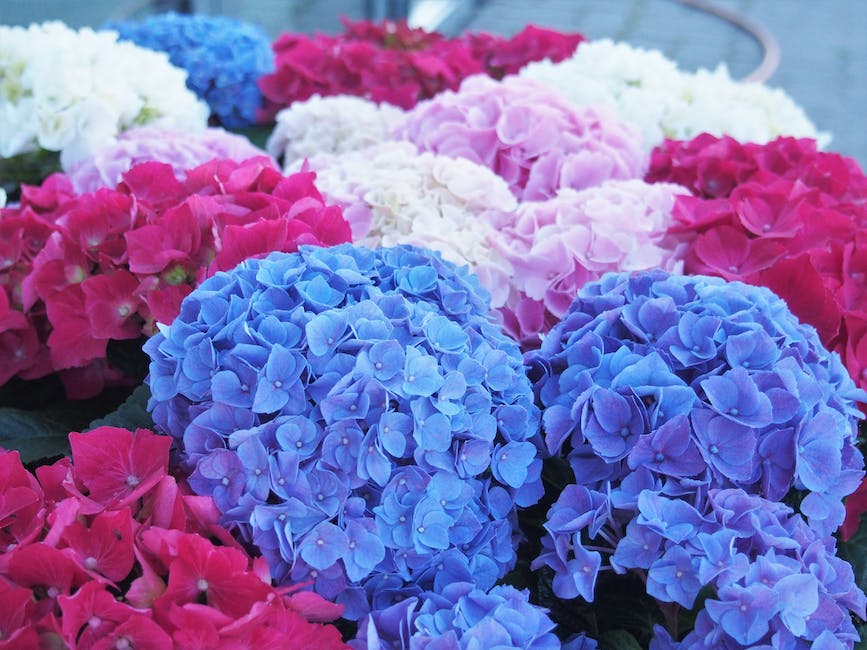Fall Hydrangea Pruning Guide

Hydrangeas, with their vibrant colors and lush blooms, are a popular choice for many gardens. Yet much confusion exists about when and how to prune these beautiful shrubs. This confusion largely stems from the rich variety of hydrangea types, each with its unique growth habits and pruning needs. This guide aims to unravel some of the perplexity surrounding the pruning of hydrangeas. It lays down an overview of the main types of hydrangeas and their growth habits. Further, it takes a deep dive into the correct pruning techniques required for hydrangeas, elucidating the appropriate tools, techniques, and safety measures that can facilitate healthy growth and blooming. Finally, it presents a comparison between fall and spring pruning, dissecting their effects on plant health, blooming, and maintenance considerations.
Understanding hydrangea varieties
Unveiling the Vibrant World of Hydrangeas: A Comprehensive Guide to Varieties and Pruning Needs
There’s something uniquely charming about the lush blooming clusters of hydrangeas that capture the hearts of plant enthusiasts worldwide. In essence, hydrangeas are a staple in any well-maintained garden, providing a vibrant color palette ranging from shades of pure white to intense blue, as well as captivating pink and amethyst hues. However, to truly appreciate these plants and emphasize their beauty, understanding the different types and their specific pruning needs is crucial. So, let’s delve into the magnificent and colorful world of hydrangeas!
First in line is the Panicle Hydrangea (Hydrangea paniculata). Known for its showy white to pink cone-shaped blooms, this sturdy hydrangea variety makes exquisite centerpieces in landscapes, given its ability to withstand harsh winters. Pruning-wise, they are the most flexible type. The best time to prune Panicle Hydrangeas is during late winter or early spring when the plant is dormant.
Next up, Smooth Hydrangeas (Hydrangea arborescens) are the stars of the late-summer garden with their massive, rounded white blooms. Their pruning needs mirror those of the Panicle variety. Given their hardy nature, they can be pruned back to the ground in late winter, promoting fresh stems that produce abundant crops of striking flowers.
Bigleaf Hydrangeas (Hydrangea macrophylla) undoubtedly hold a royal status in the hydrangea clan. Dazzling with large mophead or lacecap flowers in diverse colors contingent upon soil pH, these plants require sensitive care. They bloom on the previous season’s wood, or “old wood”, which means pruning should be minimal and done immediately after flowering. Delayed pruning could risk removing potential blooms for the upcoming season.
Oakleaf Hydrangeas (Hydrangea quercifolia), true to their name, exhibit distinctively shaped leaves that blaze spectacular autumn colors. Featuring impressive pyramidal white flowers, these hydrangeas carry their blooms on old wood, similar to Bigleaf Hydrangeas. Hence, careful pruning, ideally just after flowering, is necessary to avoid cutting off next year’s blossoms.
Climbing Hydrangeas (Hydrangea anomala subsp. petiolaris) are truly a feast for the eyes with their flat, lacy blooms and rich, verdant climbing vines. They thrive with very little pruning. In fact, unless shape and size control is desired, these plants can be left to expand into their natural fan-like form.
In conclusion, each hydrangea variety has a unique charm and different pruning requirements, just as diverse as the colors they bloom. As we prune, we foster healthier, more vibrant plants while learning the language of nature, its timing, and its silent, rhythmic patterns. This truly makes gardening – and more specifically, growing hydrangeas, an exceptionally rich and rewarding hobby. Happy pruning!

Pruning techniques for hydrangeas
Tools & Techniques: The Essential Guide for Pruning Hydrangeas
So, we’ve explored the wide world of hydrangeas, from the fiery autumn tones of Oakleaf to the minimal pruning requirements of the climbing variety. Now, let’s delve deeper into the practice of pruning these stunning shrubs. We’ll start by discovering what tools are crucial, and then, learn some tried and tested techniques for using them right. After all, the perfect pair of shears could make the difference between a good and great hydrangea display.
First, gather the must-have tools: a pair of sharp bypass pruners, loppers, and a pruning saw. Bypass pruners are perfect for chipping away at the smaller, thinner branches, with their curved blades offering a clean, precise cut. On the other hand, loppers are your best bet for tackling those thicker branches. They provide excellent leverage and, as a bonus, spare your hands from the brunt of the hard work. For the largest jobs, a pruning saw is indispensable. Its serrated blade makes light work of the heftiest branches.
Once we’ve kitted out the toolbox, it’s time to consider the correct usage for each. Bypass pruners operate pretty much like a pair of scissors. Position them around the branch you wish to cut and press firmly on the handles, the sharp cut will promote a swift recovery of the plant. Always remember to clean your pruners between uses to minimize the risk of disease spreading.
Now, when it comes to using loppers, the technique remains essentially the same, but it’s worth noting that one should use two hands for maximum control and effectiveness. Look out for branches blocking light or growth and remove those first. Moreover, always cut back to a bud or a joint to encourage new growth.
Finally, there’s the pruning saw. When all else fails, it’s the go-to tool for anyone taking on branches over 1.5 inches in diameter. When using it, a simple push and pull motion will do most of the work. However, remember to tread cautiously as saw cuts take longer to heal, so use this tool sparingly.
Whether you’re deadheading Bigleaf hydrangeas or prepping Smooth hydrangeas for vigorous blooms, remember that these tools are designed with those specific tasks in mind. Use them efficiently, and each stroke will pave the way for an abundant, vibrant hydrangea display.
Until next time, may your blooms be big, bright, and bountiful. Happy gardening!

Fall pruning vs spring pruning
As passionate appreciators of the many splendorous varieties of hydrangeas—Panicle, Smooth, Bigleaf, Oakleaf, and Climbing—we understand the crucial importance of timely and correct pruning. It can enhance the blooming colors, shape, and overall health of your beloved plants. But when exactly should the pruning take place? More specifically, what are the pros and cons of fall pruning? Let’s delve in.
Regardless of the variety, each hydrangea bush thrives best given certain pruning times. Turns out, the fall season divides the gardening community. Some gardeners staunchly warn against fall pruning while others recognize the advantages that come with it.
Shifting our focus onto the advantages first, fall pruning can significantly reduce the workload in the coming spring. It offers gardeners ample time to inspect each plant, trim back to buds or joints, and detect any signs of disease or pests earlier, providing an opportunity for earlier treatment. This preemptive measure ensures beautiful, vibrant hydrangea displays come springtime.
Moreover, for hydrangeas—such as Panicle and Smooth—that bloom on new wood, fall pruning presents no problem at all. In fact, it might result in bigger blooms next year. Because these flowers set their bloom buds in the spring, pruning in the fall gives the plant additional time to develop larger, stronger buds.
On the contrast, fall pruning isn’t without its drawbacks. For some hydrangea types, notably the Bigleaf and Oakleaf, a fall prune could possibly eliminate next year’s bloom altogether. These varieties set their flower buds in late summer or fall on old wood. So, a fall pruning could essentially chop off next year’s flowers.
Furthermore, wounds made during pruning, especially those from a saw, can take longer to heal during fall’s cooler temperatures. This, in turn, leaves your hydrangeas more vulnerable to freeze damage or disease spread. As experienced gardeners, we realize the cycle of thriving plants can be disrupted easily by such threats.
In the end, for hobbyists like us, understanding the unique needs and lifecycle of our hydrangeas is paramount. By taking the right steps towards pruning—be it in fall, spring, or any other season—our efforts lead to healthier and happier shrubs, contributing to the magical beauty only a robust garden can provide. So, while the decision to prune in the fall may be left to personal preference, one truth remains constant: a pruned hydrangea is a happy hydrangea!

Understanding the types of hydrangeas, their growth habits, the right tools and techniques for pruning, and the most opportune time for doing it are all crucial elements for nurturing healthy and blooming hydrangeas. Whether to prune in the fall or spring is not a uniform decision, as it heavily depends on the variety of the hydrangea. What remains universally true, however, is that armed with in-depth knowledge and a careful approach, gardeners can help their hydrangeas flourish. This guide offers a vital resource for gardeners desiring a blossoming garden full of these delightful shrubs and hopes to make hydrangea pruning less of a chore and more of a joyous gardening practice.



